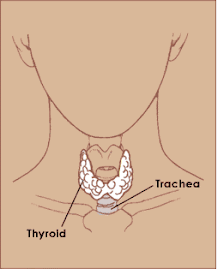Paper was paper covered with light-sensitive chemicals. So-called photo papers of today are frequently specially coated papers for use in inkjet or laser printers to make digital prints. This article center of attention on traditional photographic papers. Photographic paper may be showing to light in a controlled manner either by placing a negative in make contact with the paper directly (contact printing) or by using an enlarger (enlarging) in order to create a latent image. Photographic papers are subsequently developed using wet chemicals to generate a visible image.
Monday, February 25, 2008
Photographic Paper
Tuesday, February 19, 2008
Photographic Printing
The procedure consists of three major steps, performed in a photographic darkroom or within an automated photo printing machine:
1. Exposure of the picture onto the sensitized paper using a contact printer or enlarger.
2. Processing of the latent image through a more than one step chemical immersion process.
1. Development of the uncovered image.
2. Optionally Stopping improvement by neutralizing, diluting or removing developing agent.
3. Fixing the final print by dissolving remaining unexposed/undeveloped light-sensitive liquid.
4. Washing thoroughly to eliminate chemicals used in processing, protecting the finished print from fading and decay.
3. If finished on glossy paper, ferrotyping to enhance the reflective gloss.
4. Optional Toning of the print through extra chemical processes.
5. Texturing and drying of the finishing print.
Monday, February 11, 2008
Inkless Printers
Wednesday, February 6, 2008
Integrated circuit
A hybrid integrated circuit is a miniaturized electronic circuit build of individual semiconductor devices, as well as passive components, bonded to a substrate or circuit board.




